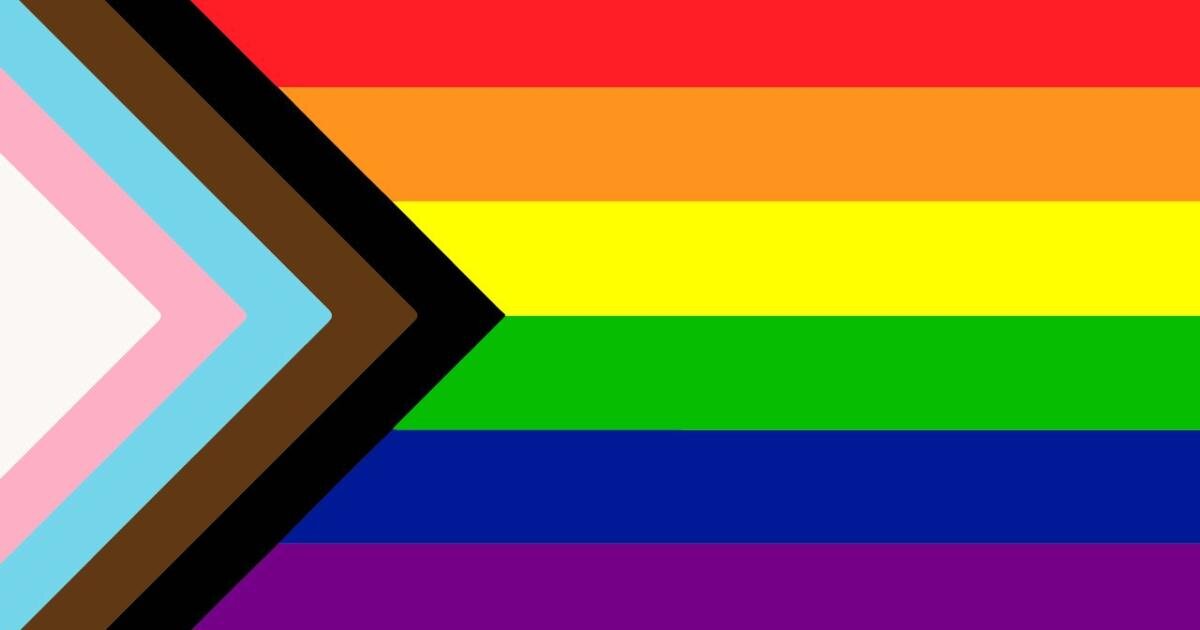WHAT IS LGBTQ+ HISTORY MONTH?
LGBTQ+ History Month is a month-long annual celebration of lesbian, gay, bisexual trans, and non-binary history, including the history of LGBTQ+ rights and related civil rights movements.
WHO CELEBRATES LGBTQ+ HISTORY MONTH?
As of 2020, LGBTQ+ History Month is celebrated in Hungary, the United States, Canada, Australia, Brazil, Greenland, and the city of Berlin.
WHEN DO WE CELEBRATE LGBTQ+ HISTORY MONTH?
In the United Kingdom it is celebrated in February each year, to coincide with the 2003 abolition of Section 28. In the United States, Canada, and Australia it is celebrated in October.
HOW DID LGBTQ+ HISTORY MONTH START IN THE UK?
It was initiated in the UK by Schools Out UK, which is an education charity that began life as The Gay Teachers Association in 1974.
WHEN WAS THE FIRST LGBTQ+ HISTORY MONTH?
The celebration was launched in February 2005.
LGBT History Month Badge Collection - Sourced from LGBT+ History Month Resources - LGBT+ History Month (lgbtplushistorymonth.co.uk)
WHAT DOES LQBTQ STAND FOR?
Lesbian: a woman who is attracted to other women
Gay: a man who is attracted to other men or broadly people who identify as homosexual
Bisexual: a person who is attracted to both men and women
Transgender: a person whose gender identity is different from the sex the doctor put down on their birth certificate
Queer: originally used as a hate term, some people want to reclaim the word, while others find it offensive. It can be a political statement, suggest that someone doesn't want to identify with "binaries" (e.g. male v female, homosexual v heterosexual) or that they don't want to label themselves only by their sexual activity
OR
Questioning: a person who is still exploring their sexuality or gender identity
WHAT DOES THE ‘+’ STAND FOR?
Intersex: a person whose body is not definitively male or female. This may be because they have chromosomes which are not XX or XY or because their genitals or reproductive organs are not considered "standard"
Allies: a person who identifies as straight but supports people in the LGBTQQIAAP community
Asexual: a person who is not attracted in a sexual way to people of any gender
Pansexual: a person whose sexual attraction is not based on gender and may themselves be fluid when it comes to gender or sexual identity
WHAT DO THE FLAGS REPRESENT?
Lesbian
Gay Progress
Bisexual
Trans
Gender Queer
Questioning
Intersex
Ally
Asexual
Pansexual
WHAT ARE THE IMPORTANT MILESTONES IN LGBTQ+ HISTORY?
28th June 1969 – The Stonewall Riots
13th October 1970 – Gay Liberation Front Founded
1st July 1972 – First UK Gay Pride March
2001 – UK Government lifts ban on lesbians, gays and bisexual people serving in armed forces
2001 – The age of consent for gay/bi men lowered to 16
2002 – Equal rights for adoption to same-sex couples
2003 – Repeal of Section 28
4th April 2005 – Gender Recognition Act came into effect
5th December 2005 – Civil Partnership Act comes into effect
2010 – Equality Act created
17th July 2013 – Marriage (Same-sex couples) act created
2017 – Alan Turing Law
WHAT SUPPORT IS AVAILABLE TO THE LGBTQ+ COMMUNITY?
Click on the organisations below to find support available in the local area and further afield.
Young Glos
Gay Glos
The Gloucestershire Gay & Lesbian Community (GGLC)
TransUnite
FFLAG
BEFORE YOU GO
We’re going to finish this blog with a video from History Teacher, Mr Thorpe. In this video, you’ll learn about:
Diverse sexualities and gender identities in pre-colonial societies
The outbreak of the HIV/AIDS pandemic in the 1980s
Ballroom culture











